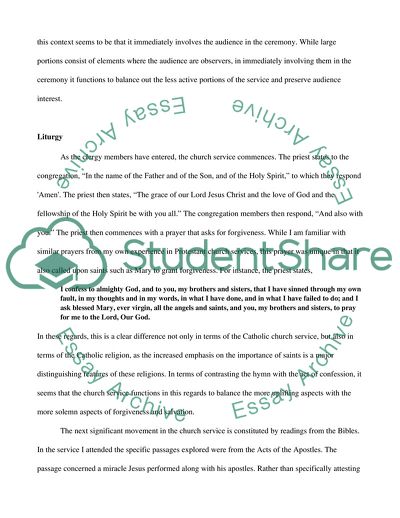Cite this document
(The Elements of a Catholic Mass Essay Example | Topics and Well Written Essays - 1500 words, n.d.)
The Elements of a Catholic Mass Essay Example | Topics and Well Written Essays - 1500 words. https://studentshare.org/religion-and-theology/1743982-site-review
The Elements of a Catholic Mass Essay Example | Topics and Well Written Essays - 1500 words. https://studentshare.org/religion-and-theology/1743982-site-review
(The Elements of a Catholic Mass Essay Example | Topics and Well Written Essays - 1500 Words)
The Elements of a Catholic Mass Essay Example | Topics and Well Written Essays - 1500 Words. https://studentshare.org/religion-and-theology/1743982-site-review.
The Elements of a Catholic Mass Essay Example | Topics and Well Written Essays - 1500 Words. https://studentshare.org/religion-and-theology/1743982-site-review.
“The Elements of a Catholic Mass Essay Example | Topics and Well Written Essays - 1500 Words”. https://studentshare.org/religion-and-theology/1743982-site-review.


